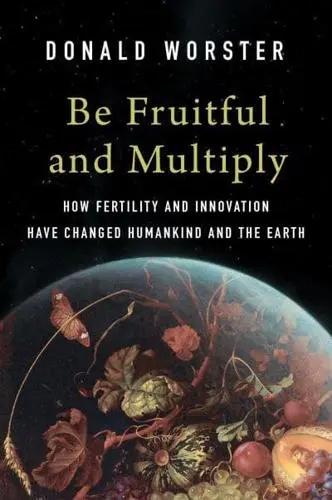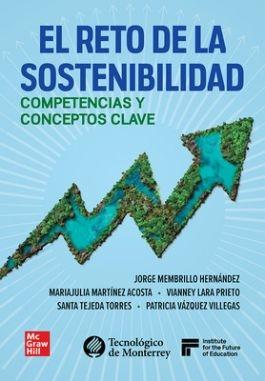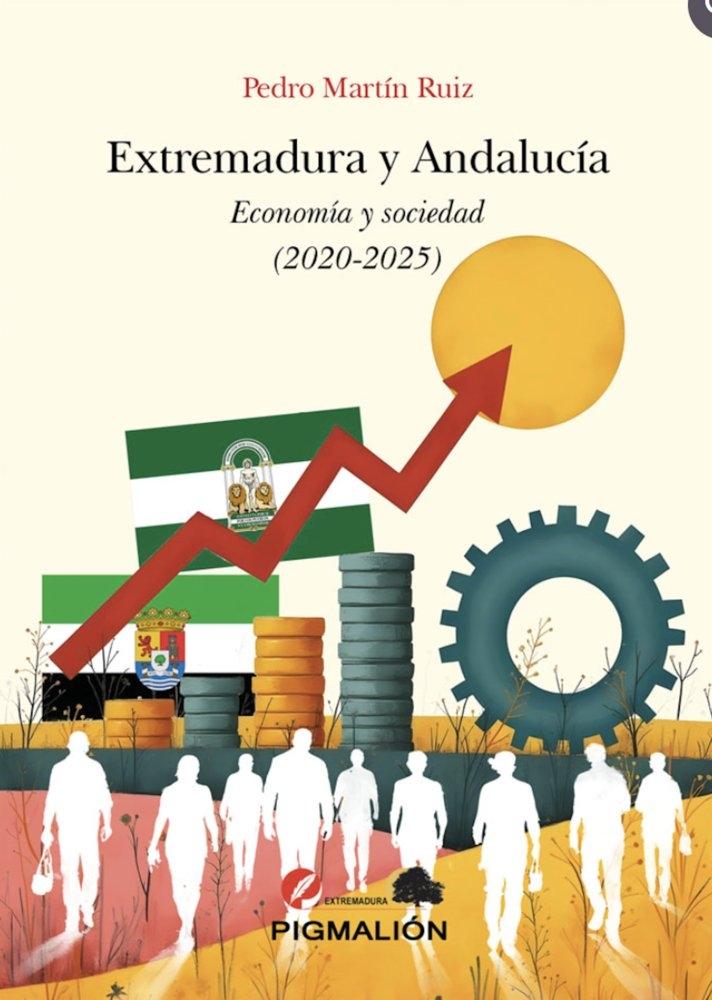Volume I: Environmental Regulation and Policy
1. Thomas D. Crocker (1966), 'The Structuring of Atmospheric Pollution Control Systems, in H. Wolozin (ed.), The Economics of Air Pollution (Norton, New York), 61-86.
2. Martin D. Weitzman (1974), 'Prices vs. Quantities, Review of Economic Studies, 41: 477-91.
3. Tracy R. Lewis (1996), 'Protecting the Environment When Costs and Benefits are Privately Known, Rand Journal of Economics, 27: 819-47.
4. Tom Tietenberg (1998), 'Disclosure Strategies for Pollution Control, Environmental and Resource Economics, 11, 587-602.
5. Marc J. Roberts and Michael Spence (1976), 'Effluent Charges and Licenses under Uncertainty, Journal of Public Economics, 5: 193-208.
6. A. Lans Bovenberg and Lawrence H. Goulder (1996), 'Optimal Environmental Taxation in the Presence of Other Taxes: General-Equilibrium Analyses, American Economic Review, 86: 985-1000.
7. Till Requate and Wolfram Unold (2003), 'Environmental Policy Incentives to Adopt Advanced Abatement Technology: Will the True Ranking Please Stand Up?, European Economic Review 47: 125-46.
8. Kathleen Segerson (1988), 'Uncertainty and Incentives for Nonpoint Pollution Control, Journal of Environmental Economics and Management, 15: 87-98.
9. James Shortle and Rick Horan (2001), 'The Economics of Nonpoint Pollution, Journal of Economic Surveys, 15: 255-90.
10. Lans Bovenberg and Sjak Smulders (1995), 'Environmental Quality and Pollution-Augmenting Technological Change in a Two-Sector Endogenous Growth Model, Journal of Public Economics, 57: 369-91.
11. Junjie Wu and William G. Boggess (1999), 'The Optimal Allocation of Conservation Funds, Journal of Environmental Economics and Management, 38: 302-21.
12. Gene Grossman and Alan B. Krueger (1995), 'Economic Growth and the Environment, The Quarterly Journal of Economics, 110: 353-77.
13. William Harbaugh, Arik Levinson, and David Wilson (2002), 'Reexamining the Empirical Evidence For an Environmental Kuznets Curve, The Review of Economics and Statistics, 84: 541-51.
14. Robert Innes, Stephen Polasky, and John Tschirhart, 'Takings, Compensation and Endangered Species on Private Lands, Journal of Economic Perspectives, 12: 35-52.
15. Lawrence Blume, Daniel L. Rubinfeld, and Perry Shapiro, 'The Taking of Land: When Should Compensation be Paid?, The Quarterly Journal of Economics, 99: 71-92.
16. Richard G. Newell, Adam B. Jaffe, and Robert N. Stavins (1999), 'The Induced Innovation Hypothesis and Energy-Saving Technological Change, The Quarterly Journal of Economics, 114: 941-75.
17. Evan Kwerel (1977), 'To Tell the Truth: Imperfect Information and Optimal Pollution Control, Review of Economic Studies, 44: 595-601.
18. Erik Lichtenberg and David Zilberman (1988), 'Efficient Regulation of Environmental Health Risks, The Quarterly Journal of Economics, 103: 167-78.
19. Stephen Polasky and Holly Doremus (1998), 'When the Truth Hurts: Endangered Species Policy on Private Land with Imperfect Information, Journal of Environmental Economics and Management, 35: 22-47.
Volume II: The international dimension
20. Brian R. Copeland and M. Scott Taylor (1994), 'North-South Trade and the Environment, The Quarterly Journal of Economics, 109: 755-87.
21. Werner Antweiler, Brian R. Copeland, and M. Scott Taylor (2001), 'Is Free Trade Good for the Environment?, American Economic Review, 91: 877-908.
22. Graciela Chichilnisky (1994), 'North-South Trade and the Global Environment, The American Economic Review, 84: 851-74.
23. James A. Brander and M. Scott Taylor (1997), 'International Trade and Open-Access Renewable Resources: The Small Open Economy Case, The Canadian Journal of Economics, 30: 526-52.
24. Larry S. Karp, Sandeep Sacheti, and Jinhua Zhao (2001), 'Common Ground Between Free-Traders and Environmentalists, International Economic Review, 42: 617-47.
25. Michael Rauscher (1994), 'On Ecological Dumping, Oxford Economic Papers, 46: 822-40.
26. Scott Barrett (1994), 'Strategic Environmental Policy and International Trade, Journal of Public Economics, 54: 325-38.
27. Wallace E. Oates and Robert M. Schwab (1988), 'Economic Competition Among Jurisdictions: Efficiency Enhancing or Distortion Inducing?, Journal of Public Economics, 35: 333-54.
28. James R. Markusen, Edward R. Morey, and Nancy Olewiler (1995), 'Competition in Regional Environmental Policies When Plant Locations are Endogenous, Journal of Public Economics, 56: 55-77.
29. John D. Wilson (1996), 'Capital Mobility and Environmental Standards: Is There a Theoretical Basis For a Race to the Bottom?, in J. Bhagwati and R. Hudec (eds.), Fair Trade and Harmonization: Prerequisites for Free Trade?, Vol. 1 (MIT Press), 393-427.
30. John A. List and Shelby Gerking (2000), 'Regulatory Federalism and Environmental Protection in the United States, Journal of Regional Science, 40: 453-71.
31. John A. List and Charles F. Mason (2001), 'Optimal Institutional Arrangements For Transboundary Pollutants in a Second-Best World: Evidence From a Differential Game With Asymmetric Players, Journal of Environmental Economics and Management, 42: 277-96.
32. Karl-Goran Maler (1989), 'The Acid Rain Game, in Folmer and van Ierland (eds.), Valuation Methods and Policy Making in Environmental Economics (Studies in Environmental Science 36) (Elsevier), 231-52.
33. Michael Hoel (1991), 'Global Environmental Problems: The Effects of Unilateral Actions Taken By One Country, Journal of Environmental Economics and Management, 20: 55-70.
34. Frederick van der Ploeg and Aart J. de Zeeuw (1992), 'International Aspects of Pollution Control, Environmental and Resource Economics, 2, 117-39.
35. Engelbert Dockner and Ngo van Long (1993), 'International Pollution Control: Cooperative Versus Noncooperative Strategies, Journal of Environmental Economics and Management, 24: 13-29.
36. Parkash Chandler and Henry Tulkens (1992), 'Theoretical Foundations of Negotiations and Cost-Sharing in Transfrontier Pollution Problems, European Economic Review, 36: 288-99.
37. Scott Barrett (1994), 'Self-Enforcing International Environmental Agreements, Oxford Economic Papers, 46: 878-94.
Volume III: Resources, sustainable development, and growth
38. Colin Clark (1976), 'A Delayed Recruitment Model of Population Dynamics With an Application to Baleen Whale Populations, Journal of Mathematical Biology, 31: 381-91.
39. Colin Clark (1973), 'Profit Maximization and the Extinction of Animal Species, Journal of Political Economy, 81: 950-61.
40. Avinash Dixit, Peter Hammond, and Michael Hoel (1980), 'On Hartwicks Rule For Regular Maximin Paths of Capital Accumulation and Resource Depletion, Review of Economic Studies, 47: 551-6.
41. Robert Pindyck (1980), 'Uncertainty and Exhaustible Resource Markets, Journal of Political Economy, 88: 1203-25.
42. Charles F. Mason (2001), 'Non-Renewable Resources With Switching Costs, Journal of Environmental Economics and Management, 42: 65-81.
43. Henning Bohn and Robert T. Deacon (2000), 'Ownership Risk, Investment, and the Use of Natural Resources, American Economic Review, 90: 526-49.
44. Martin Weitzman (1976), 'On the Welfare Significance of National Product in a Dynamic Economy, Quarterly Journal of Economics, 90: 156-62.
45. Partha Dasgupta and Karl-Goran Maler (2000), 'Net National Product, Wealth, and Social Well-Being, Environment and Development Economics, 5: 69-94.
46. Martin Weitzman (1998), 'The Noahs Ark Problem, Econometrica, 66: 1279-98.
47. Charles Perrings and Brian Walker (1997), 'Biodiversity, Resilience and the Control of Ecological-Economic Systems: The Case of Fire-Driven Rangelands, Ecological Economics, 22: 73-83.
48. Jeffrey D. Sachs and Andrew M. Warner (1997), Natural Resource Abundance and Economic Growth (NBER Working Paper Series, WP 5398) (Cambridge: National Bureau of Economic.







